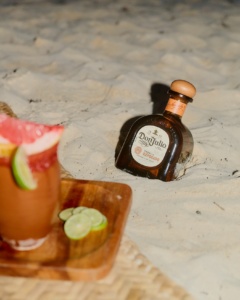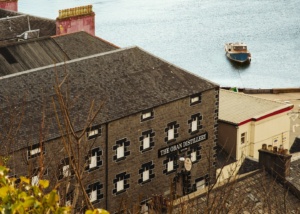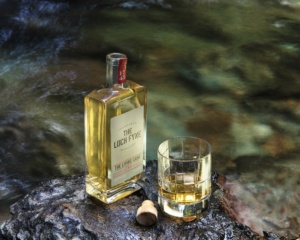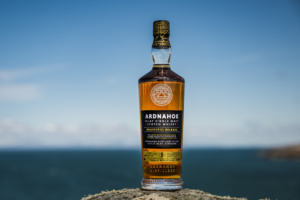Best Lowland Whiskies
Lochlea
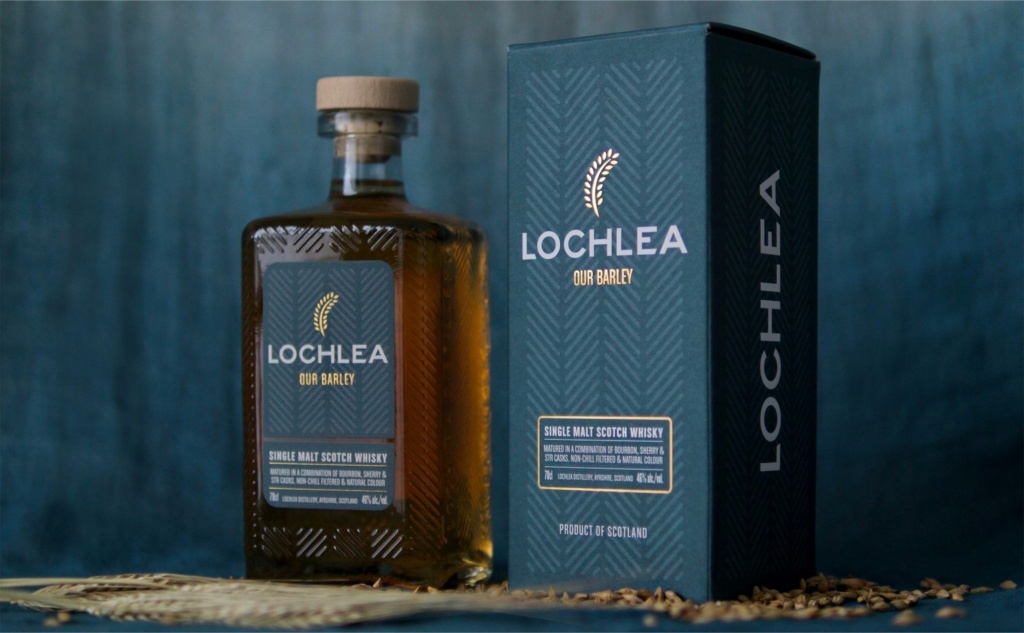
Based in the heart of Burns Country, Lochlea is a family-owned distillery that opened in 2018 on the very farm that Rabbie Burns lived and worked on from 1777 to 1784. By growing their own barley and utilising their on-site water source, they have full traceability over the ingredients going into their process – allowing a greater control over their unique flavour profile. Their first edition was released in 2022, and a limited edition collection followed, inspired by each season of the year through farming: Sowing (Spring), Harvest (Summer), Fallow (Autumn) and Ploughing (Winter).
Ailsa Bay

Ailsa Bay sits on the Clyde and looks out to Kintyre, Arran, and Ailsa Craig (hence the distillery’s name). Built in 2007, their eight stills produce a range of whiskies with particularly flavoured profiles. With exacting precision, Ailsa Bay brings whisky-craft and innovation to a whole new level. Micro-maturation in Hudson Baby Bourbon casks, followed by a slower maturation in virgin American oak allows their expert Malt Master, Brian Kinsman, to create a highly complex matrix of flavours - full of smoke, heather and toffee.
Glenkinchie
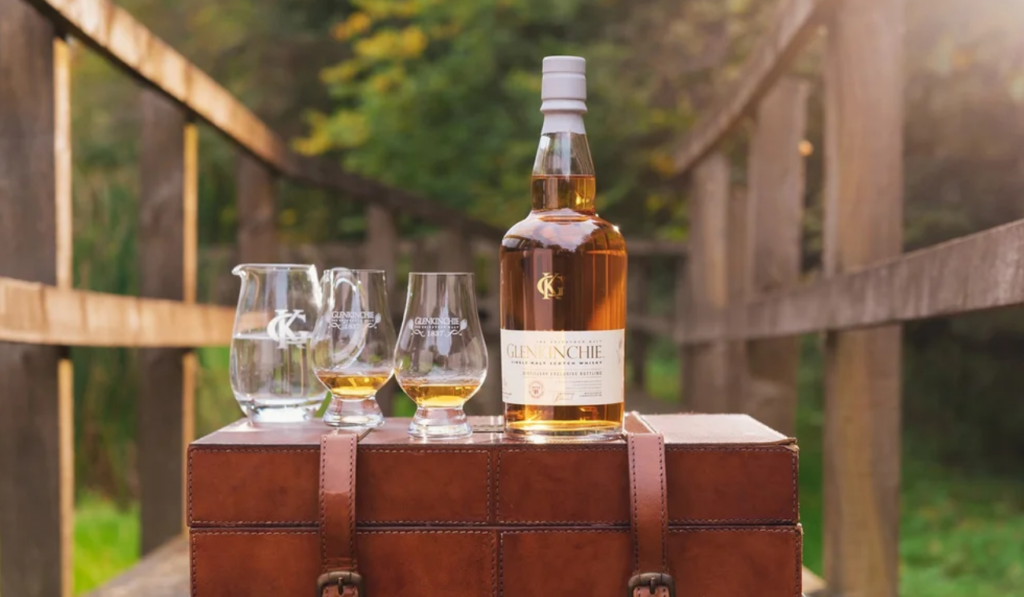
A historic distillery, Glenkinchie serves as the Lowland expression that makes up Johnnie Walker blended whisky. Located in East Lothian, known as ‘the garden of Scotland’, Glenkinchie distillery was founded in 1825. For over 150 years, their whisky was severely underrated, until it finally received the worldwide recognition that it deserves in the 1980s. It has since been dubbed ‘The Edinburgh Malt’, due to its proximity to Scotland’s capital. The premises boasts some of the largest copper stills in the industry, with its large output mostly going towards elite blends. However, you can get your hands on some of their single malt in the form of their flagship 12 Year Old and their yearly Distillers Edition release. Its famed for flavours of freshly cut grass, along with crisp apple, almond and honey.
Auchentoshan

Founded in 1823, Auchentoshan distillery is located at the foot of the Kilpatrick hills on the outskirts of Clydebank in West Dumbartonshire. Due to this close proximity with Glasgow, Auchentoshan is often referred to as the “Glasgow Malt Whisky", as well as "The Breakfast Whisky" because of it's light, sweet and malty flavours. However, the name is actually derived from "Achadh an Oisein" which means "corner of the field". Less catchy. They are the only distillery in Scotland to triple distil their spirit, which makes for a superbly gentle and smooth whisky.
Daftmill

Daftmill are a family-owned distillery, which is garnering a great deal of attention with each release. It bottled its first whisky in June 2018, but the casks maturing at this artisan company in the Kingdom of Fife have been turning heads for years. From the 13-year wait for its inaugural release in 2018, to the forgotten traditional style of production, the farm distillery has garnered an almost cult-like following of whisky lovers around the world. Daftmill is famous for an optical illusion that gave the distillery its name. To the onlooker, the water in the burn looks like it is somehow running uphill, and became known as the backward-running stream. Hence, the “Daft” Burn.
Rosebank

Known the world over as “The King of the Lowlands”, Rosebank was, and still is, the crème-de-la-crème of Lowland single malt whisky. Its fame stemmed from their status as one of the lightest, most floral Scottish whiskies ever made. It was mothballed in 1993, but is being revived by Ian MacLeod distillers - their first new cask (001) was decanted in July 2023. The distillery is famous for its one-of-a-kind production: marrying worm tub condensers with a triple distillation. At the moment, the only Rosebank's available for purchase are thirty-plus years old, from casks laid to rest in the early 90s.
Littlemill
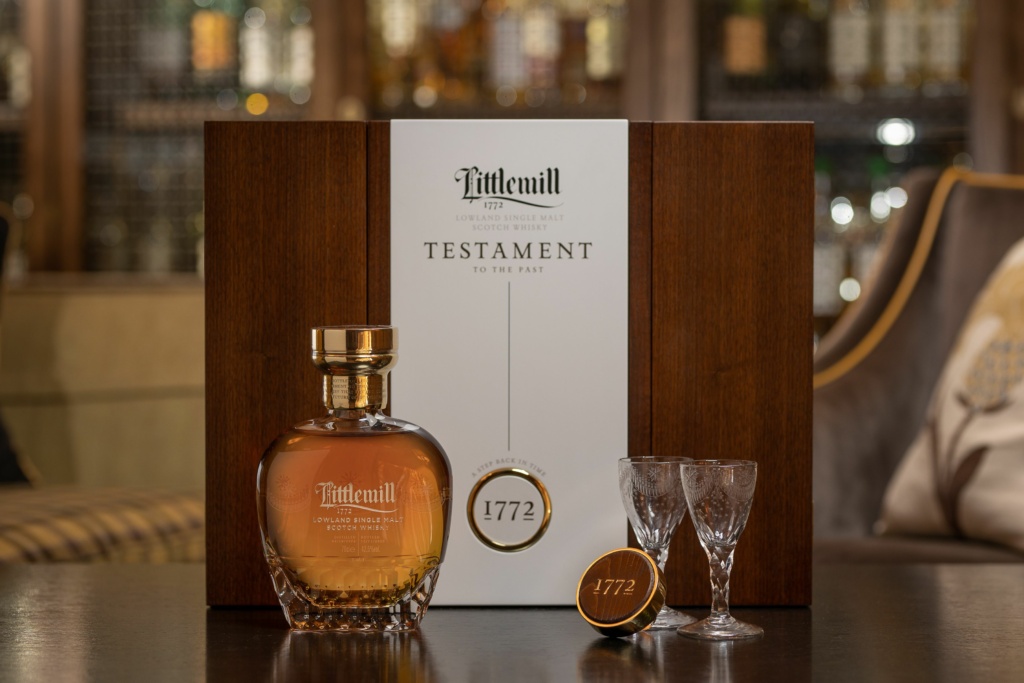
Before it was dismantled in 1997, Littlemill could claim to be the oldest surviving licensed distillery in Scotland. It is one of the rarest whiskies around for this reason, with prestigious limited-edition bottlings. The precious last drops of liquid from Littlemill currently sell for thousands, after being matured for decades. Littlemill Distillery innovated and produced an exemplary Lowland character whisky, up until its last days. Using water from the north of the Highland line in the Kilpatrick Hills, peat from Stornoway and malt from Perthshire, the Littlemill whiskies reflect a light, summer whisky with floral and honeyed flavours.
Kingsbarns

Kingsbarns is a family-owned distillery which produces whisky in a converted farm steading in the Kingdom of Fife. Established in 2014, their whisky is made from barley sourced from local farms, fresh Fife spring water from Cambo burn and two different types of yeast - one British and one French. The distillery was a dream of William Wemyss, after he established Wemyss malts, an independent bottling business company, in 2005. He runs the distillery with his sister, Isabella Wemyss, after opening the distillery in 2014. The Wemyss' (meaning 'cave') are a historic Scottish family whom leased the land to James Haig for Cameronbridge distillery in the 19th century!
Browse our whole range of Lowland whisky here.
FAQ
- What distinguishes Lowland whiskies from those of other regions in Scotland? Lowland whiskies are characterized by their lightness and soft nature, which sets them apart from the typically more robust and peaty whiskies of other regions in Scotland.
- How do the newer Lowland distilleries, such as Lochlea and Kingsbarns, differentiate themselves in terms of flavor profiles and production methods from the more established ones like Auchentoshan and Glenkinchie? The newer Lowland distilleries, such as Lochlea and Kingsbarns, differentiate themselves through unique flavor profiles and production methods. For example, Lochlea emphasizes full traceability over its ingredients by growing its own barley and utilizing an on-site water source. Kingsbarns uses barley sourced from local farms, fresh Fife spring water, and a combination of British and French yeast strains in its production process. These newer distilleries may also experiment with different cask types, maturation techniques, and aging periods to create distinct whiskies compared to the more established distilleries like Auchentoshan and Glenkinchie.
- What are the primary factors driving the recent resurgence of interest in Lowland whiskies, particularly among whisky enthusiasts and collectors? The recent resurgence of interest in Lowland whiskies can be attributed to several factors. One is the growing trend towards exploring diverse whisky styles among enthusiasts and collectors. Additionally, the revival of iconic distilleries like Rosebank, along with the introduction of new expressions from smaller, craft producers like Kingsbarns, has generated excitement and curiosity among whisky aficionados.
 4.7/5 with 10,000+ reviews
4.7/5 with 10,000+ reviews
